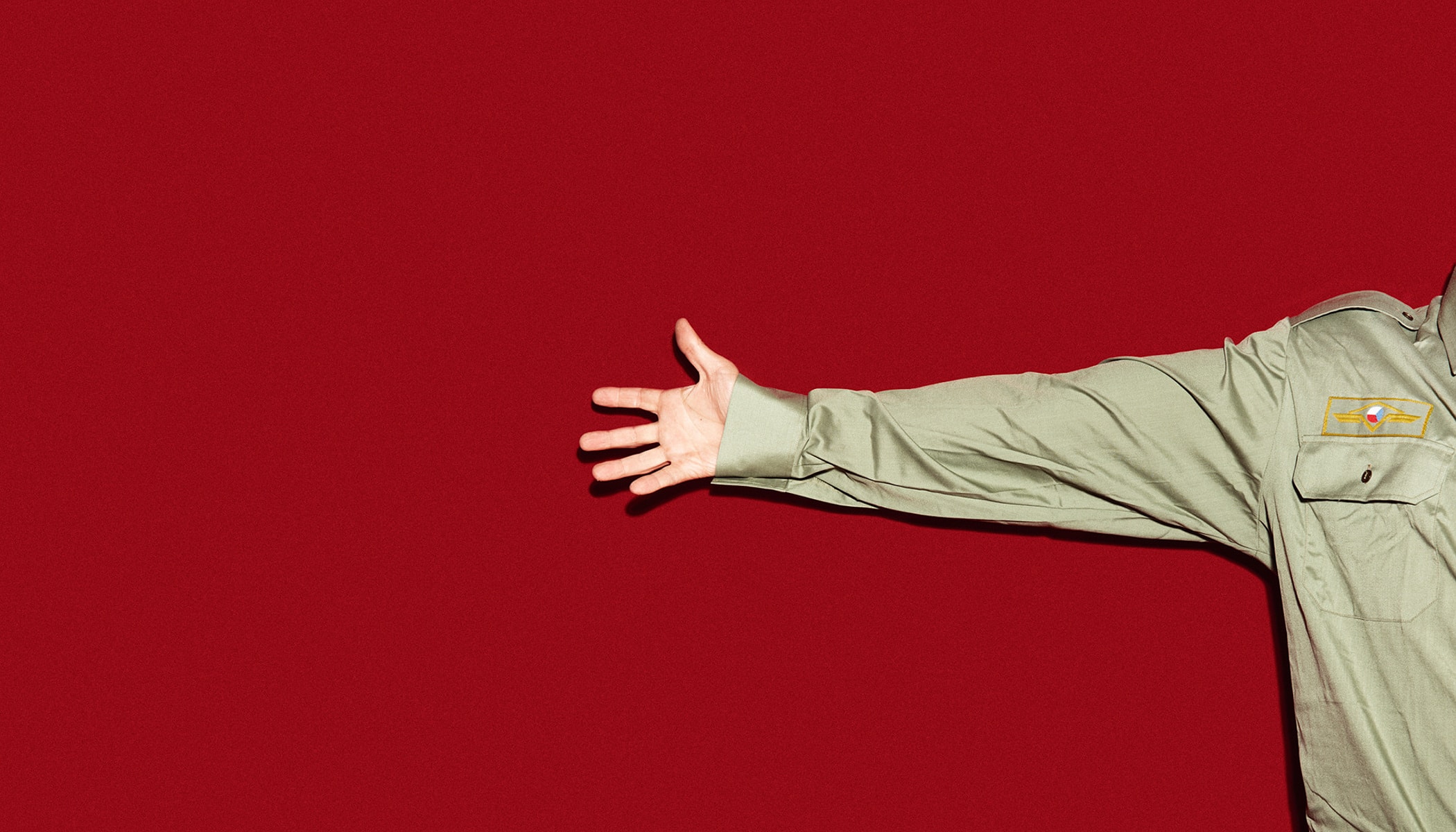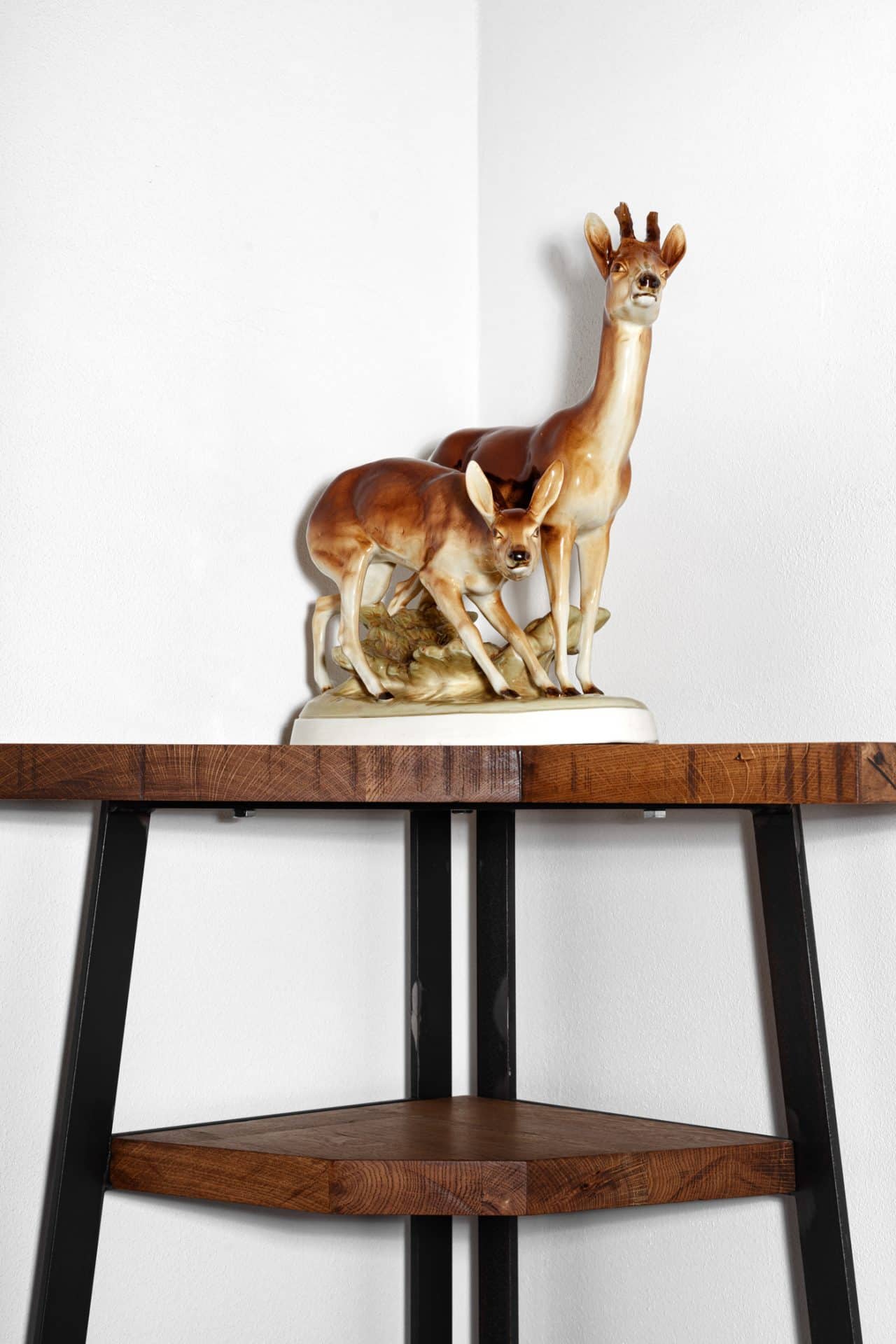Finding Your Photography Theme

Every photographer eventually asks themselves what they want to say with their photography. It’s not about chasing trends or what’s popular at the moment. It’s about you—what you know, what you feel, and what you want to share. Finding your photography theme isn’t something you can figure out overnight—it’s a long process.
We admire (or sometimes resent) photographers who have a recognizable style and a strong theme. But no one got there overnight. Most of us start by photographing whatever we have at hand. And that’s how it should be. Finding your theme is a journey that requires time, attention, and self-awareness. And above all, the ability to go deep.
1. Photograph subjects you understand
This can be summed up in one sentence: Photograph what you know. But of course, it’s not that simple. Even if you understand the world of cars, fishing, or fashion, that doesn’t automatically mean you know how to tell stories about them through photography.
Start with what truly interests you—what’s part of your life. If you spend weekends at car shows, you have access to a world that’s hidden from most people. If you fish, you know the calm of the riverside, the silence, and the waiting. This is where it begins.
Don’t just photograph the results. It’s not about the perfect catch or the shiny car on display. Go deeper. Look for stories behind the photo. How does the owner take care of their car? Where do they drive it? How much does it cost them? For a fisherman, it’s not just the fish that get caught, but the journey to the water, the rituals, the gear, the failures, and the community. Pay attention to details, emotions, and recurring themes. All of these create a strong story layer. Don’t stop at surface beauty. Meaning is often hidden in the ordinary and routine moments.


Photo Credit: Majo Eliáš
2. Photograph what you think
Once you’ve mastered documenting your world, try the next step: photograph your thoughts. It may sound abstract—how can you capture a thought in a picture? But it can be done. You just have to approach it slightly differently.
Think of photography as a language. An image doesn’t have to describe what is in it literally—it can suggest. Use metaphors. Instead of a straightforward shot, create a symbol. Don’t photograph a person alone on a bench to express “loneliness.” Try an empty bed, a house in the middle of nowhere, or something that feels self-contained and solitary.
Don’t be afraid to draw inspiration from other art forms. Painting, poetry, film—all open new doors of expression. Stop describing. Start expressing your feelings, opinions, your point of view.
It’s not easy. But that’s the challenge: to make the viewer not only see, but also feel.


Photo Credit: Majo Eliáš
3. Connect it all with style
Over time, you’ll notice your photos share a common mood, color, light, or texture. That’s the beginning of discovering your unique style. Style isn’t about filters or technical perfection. It’s about how you tell a story.
Some photographers use harsh flash to create a hyper-realistic mood. Others soften the light and work with a darker palette. Some reduce everything to shapes and lines. Anything goes—as long as it serves your message.
Your style should reinforce your main idea. If you want to highlight fragility, harsh contrast and flash will feel out of place. But if you want to show rawness, they can actually strengthen it.
Don’t be afraid to experiment. Just remember: style is not the goal, but a tool. It should unify and amplify your message, not overwhelm it.



Photo Credit: Majo Eliáš
Finding your photography theme is about finding yourself. Don’t expect it to happen instantly. Let yourself be guided by what you live, what interests you, and how you feel. Try things, document them, and be patient. The theme will eventually find you.